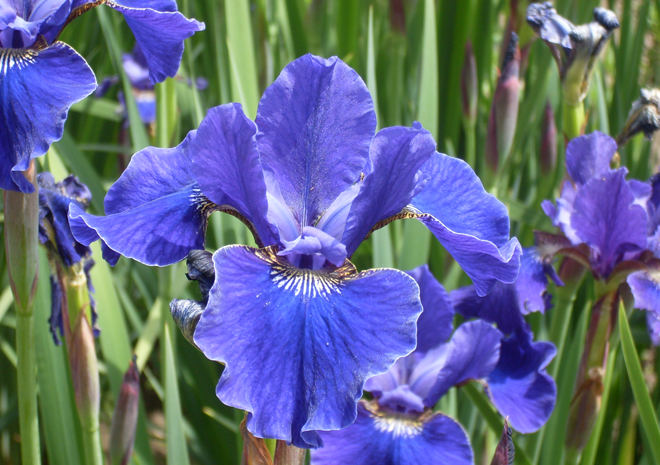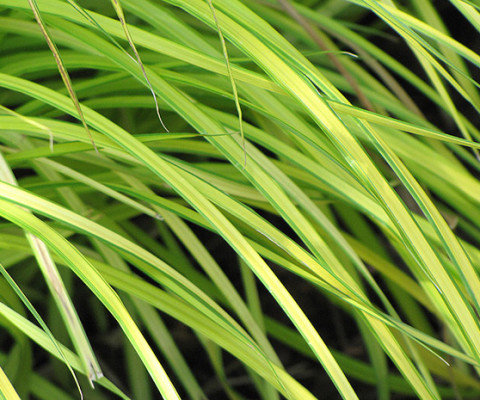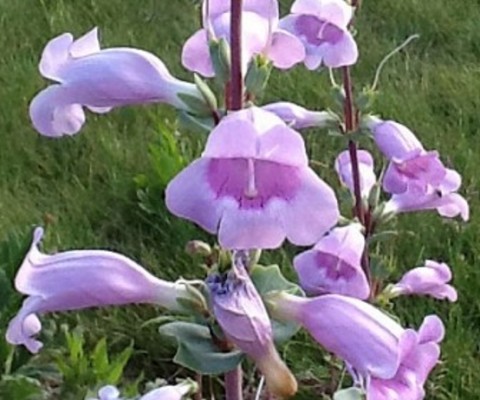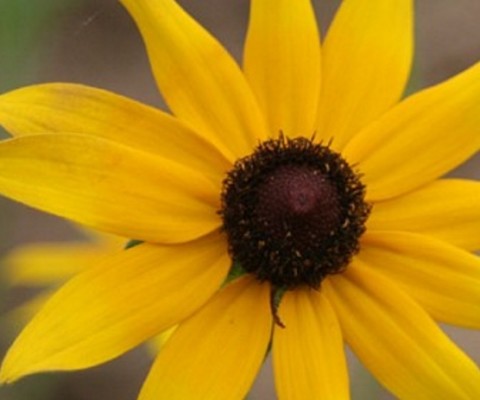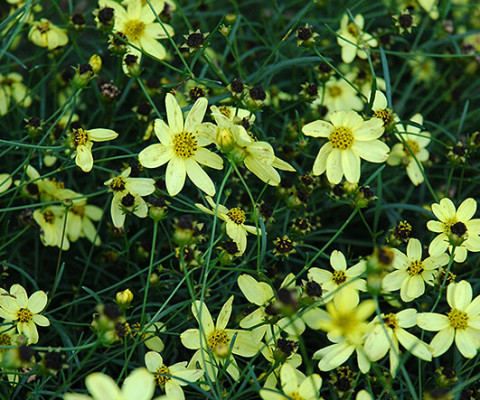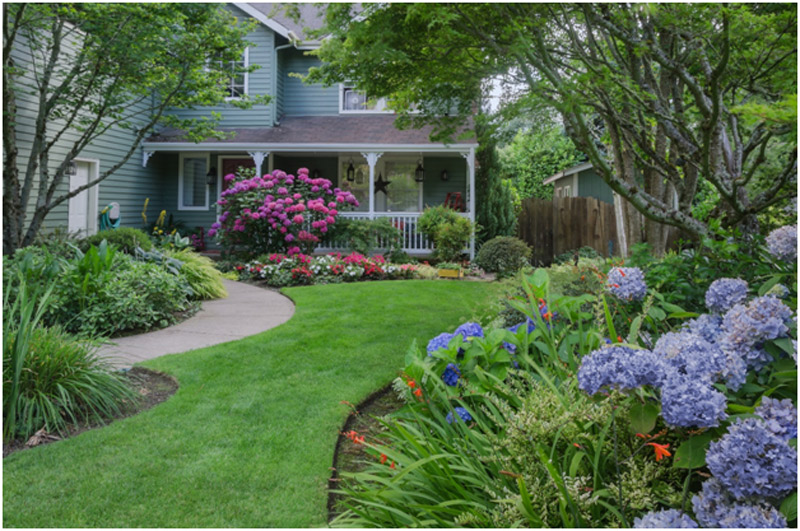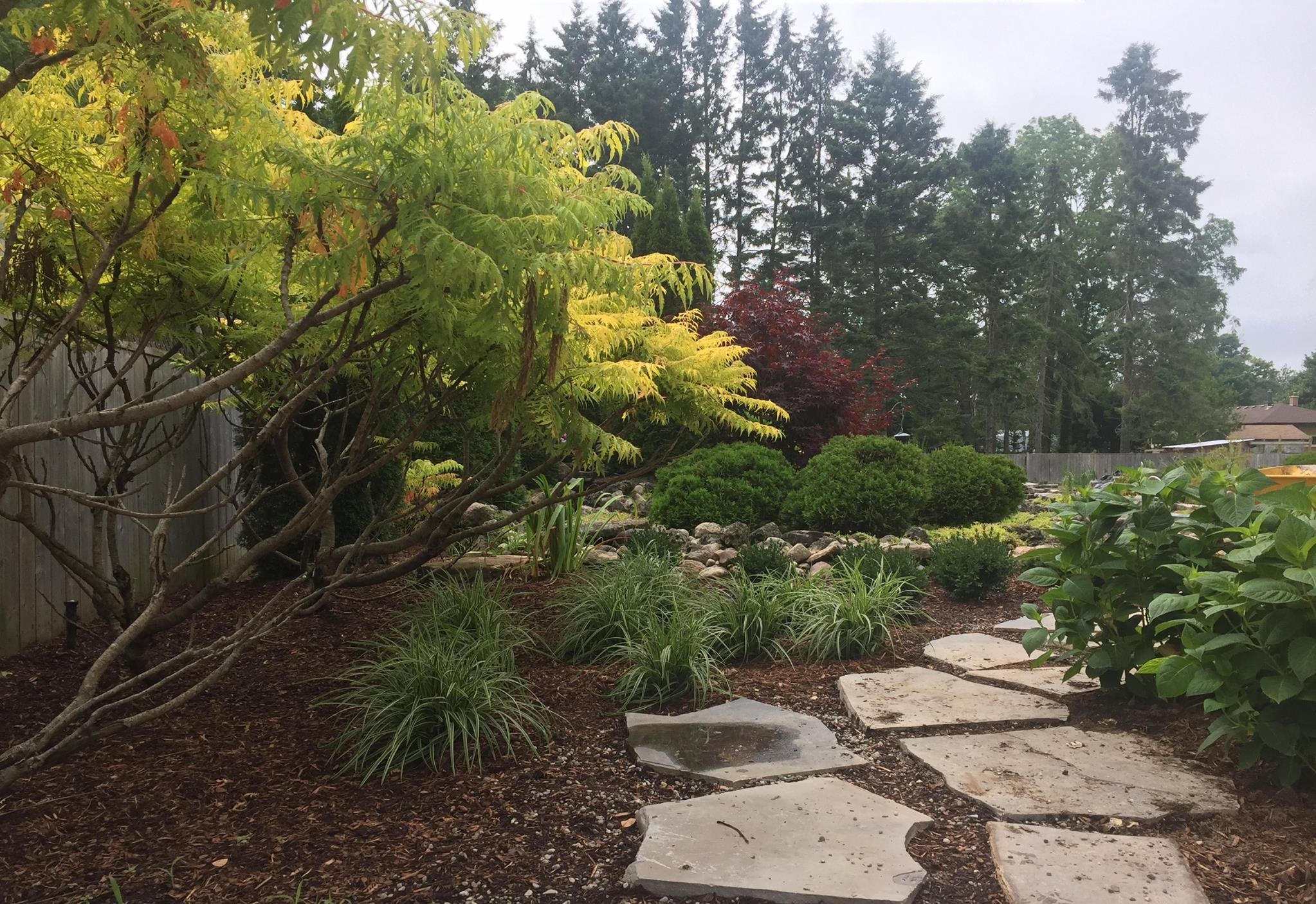Plant Description
The Siberian Iris is a member of the beardlessIris family. These irises form clumps of tall grass-like foliage, tall stems and elegant blue to purple flowers. This form of the iris is said to be one of the easiest to grow. Itprefers damp but well drained soil. They like full sunlight but can do well in part sunlight if they get at least a few hours of sun. Ideal spots are near ponds, streams or boggy areas. Blooms begin to appear in late spring and continue through early summer. They are hardy flowers that are deer resistant. They are also not aggressive growers and are non-invasive.
Light Needs:
Full sun
Watering Needs:
Water weekly or more often in extreme heat
Average Landscape Size:
Growth Height: 2’
Growth Width: 1’
Key Feature:
Flowers form clumps that can be divided to produce more plants. In the spring these flowers produce iris-like flowers in a variety of shades including red, yellow, white, pink, purple and blue
Blooms:
Spring
Landscape Uses:
Can be used in borders, cutting gardens, water gardens or woodland gardens
Pronunciation:
EYE-risssi-BIR-i-ka
Plant Type:
Perennial
Evergreen/Deciduous:
Herbaceous
Foliage Color:
Green
Flower Color:
Blue to purple
Blooms:
Spring
Climate Zone:
1-11 and 14-23
Average Size:
Foliage grows to 2 feet tall with flower stalks growing taller. These irises form clumps of flowering foliage.
Growth Rate:
Medium
Grows Well With:
Cardinal Flowers, Bee Balm, Joe-Pye Weed, Spiderwort and Turtlehead
Instructions:
To develop an extensive root system these flowers should be watered regularly during their first growing season. Old leaves can be removed as new ones grow in order to keep plants looking neat. Clumps of flowers can be divided every 4 or 5 years.
Water:Water weekly or more often during extreme heat
Sunlight:Full sun
Special Uses
- Rock Garden
" Everything should be made as simple as possible, but not simpler. "
Albert Einstein

